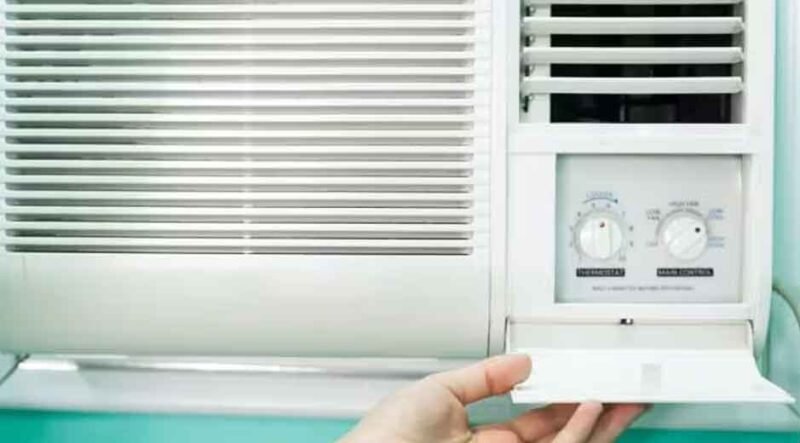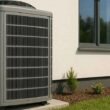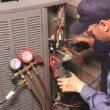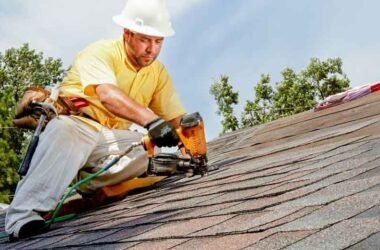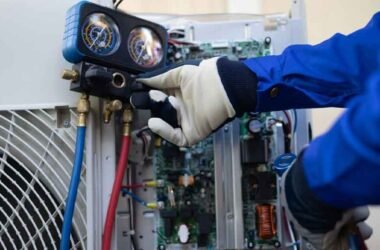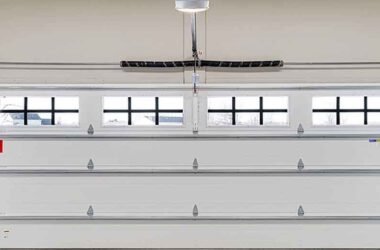The efficiency of your air conditioning system plays a vital role in maintaining both indoor comfort and energy control. A poorly performing AC unit doesn’t just make your living environment uncomfortable—it also wastes a significant amount of energy, leading to higher bills and increased strain on your home’s electrical system. Many homeowners fail to realize that even small inefficiencies, such as clogged filters or low refrigerant levels, can result in significant energy losses over time. We will explore how reduced AC performance directly contributes to energy waste, identify the underlying issues causing this problem, and outline steps that can be taken to ensure your system operates at its full potential year-round.
How Poor AC Performance Leads to Energy Waste
- Dirty Air Filters and Blocked Airflow
Air filters are the first line of defense against dust and debris entering your AC system. When these filters become dirty or clogged, they restrict airflow, forcing the unit to work much harder to circulate cool air throughout your home. This increased effort results in higher energy consumption, as the system must run longer cycles to achieve the desired temperature. Over time, this not only spikes your electricity bills but also places unnecessary stress on your compressor and fan motors. Dirty filters also reduce indoor air quality, leading to a buildup of allergens and pollutants.
By scheduling routine maintenance with Sun Air Conditioning & Heating of Sugar Land and regularly replacing or cleaning filters, homeowners can significantly reduce wasted energy and improve the system’s overall performance. Proper maintenance ensures smoother airflow, consistent cooling, and less wear on the unit, ultimately helping to keep energy use within a reasonable range.
- Low Refrigerant Levels and Cooling Imbalance
Refrigerant is essential for the heat exchange process that allows your AC system to cool your home efficiently. When refrigerant levels drop due to leaks or improper charging, the system loses its ability to effectively absorb and release heat. As a result, your air conditioner must run longer and harder to maintain the set temperature, consuming more electricity in the process. This imbalance not only wastes energy but can also damage the compressor—a costly component to replace. Low refrigerant levels also result in uneven cooling across rooms, causing discomfort and forcing homeowners to lower their thermostat settings, which compounds energy waste. Detecting and repairing refrigerant issues promptly can prevent this inefficiency, ensuring that your air conditioner maintains proper cooling pressure and operates smoothly without consuming excess power.
- Faulty Thermostats and Improper Temperature Regulation
A malfunctioning thermostat can misread indoor temperatures, causing the AC system to turn on or off at incorrect times. This miscommunication can result in unnecessary energy use or uneven cooling cycles, both of which lead to inefficiency. For example, if your thermostat fails to detect that a room has already reached the desired temperature, the system may continue running unnecessarily. Conversely, if it underestimates the temperature, the air conditioner might not run long enough, forcing you to constantly adjust the settings. Upgrading to a programmable or smart thermostat can significantly improve efficiency by maintaining accurate readings and adjusting cooling cycles according to your habits and schedules. This technology prevents wasted energy while optimizing comfort, ensuring that your system only operates when truly needed.
- Neglected Maintenance and System Wear
Routine maintenance is crucial for maintaining the performance and energy efficiency of your AC system. When regular servicing is ignored, dust accumulates on coils, parts loosen, and efficiency steadily declines. Dirty evaporator and condenser coils, for instance, hinder heat transfer, making your system consume more electricity to cool your space. Similarly, worn-out fan belts, motor bearings, or capacitor issues can lead to reduced airflow and erratic performance. These inefficiencies add up, driving up both energy use and long-term repair costs. Scheduling seasonal maintenance with a reliable HVAC provider ensures early detection of potential problems, lubrication of moving parts, and cleaning of key components—all crucial steps for reducing energy waste and extending the system’s lifespan. Preventive care not only enhances comfort but also ensures your cooling system runs as efficiently as possible.
- Leaky Ductwork and Air Distribution Losses
Even the most efficient air conditioning system can waste energy if your ductwork is leaking. Cracks, loose joints, or holes in the ducts allow cooled air to escape into walls, attics, or crawl spaces instead of being delivered to your living areas. This results in significant cooling losses—sometimes as high as 30% of the system’s output. To compensate, your AC runs longer cycles, consuming more energy to maintain a comfortable indoor environment. Over time, this hidden inefficiency can lead to higher energy bills and uneven room temperatures. Regular duct inspections and sealing services are essential to maintaining proper air distribution. When ducts are properly sealed and insulated, your system delivers cool air more effectively, reducing energy waste and improving indoor comfort levels. Efficient air distribution ensures that every unit of energy used goes directly toward cooling your home—not escaping through leaks.
Energy waste from poor AC performance is not just a matter of higher bills—it reflects inefficiency that affects comfort, finances, and the environment. From clogged filters and leaky ducts to aging systems and thermostat issues, every inefficiency contributes to unnecessary power use and equipment strain. Maintaining your air conditioner through regular tune-ups, proper sizing, and timely repairs ensures that every watt of energy is used effectively. By addressing the root causes of poor performance, you can achieve consistent cooling, reduce your carbon footprint, and enjoy sustainable energy savings year after year.




